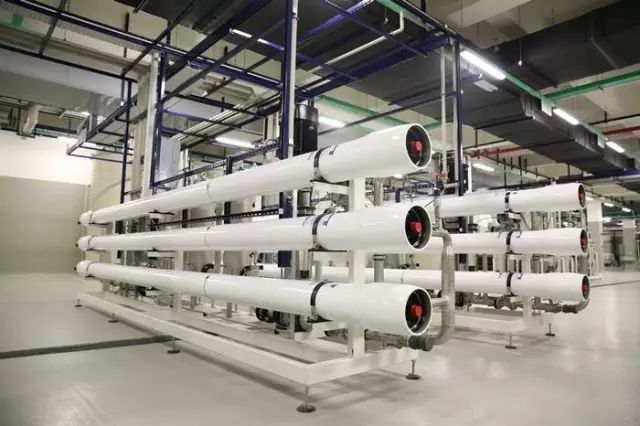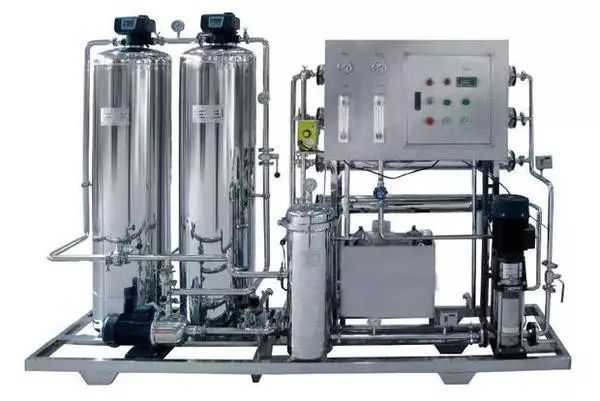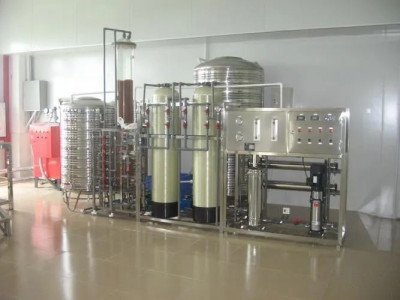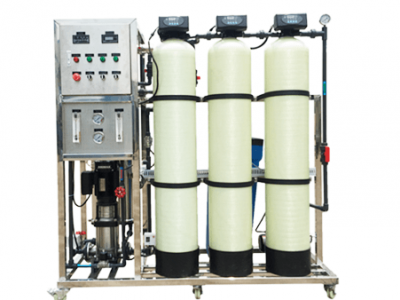1、Why do the seals in reverse osmosis machine swell?
Water treatment machine in reverse osmosis machine in order to achieve the membrane vessel between the zones of sealing isolation, the membrane vessel requires three types of sealing rubber ring. In order to reduce the installation resistance system should be installed in each seal ring surface coated with water or glycerin.
It should be noted that petroleum jelly or other petroleum-based grease lubricants should be used with caution, as they will cause cracking of the freshwater tubes and, in particular, swelling of the seals. The expansion of the rubber ring generally does not directly affect the operating effect of the system, but will affect the system after unloading and loading again, i.e., it is difficult to enter the tank when loading the expanded rubber ring.
2、Does the reverse osmosis machine process produce the same amount of water for each element?
In reverse osmosis machine, because of the pressure difference between the feed water end and the concentrated water end of the membrane element, that is, the membrane pressure drop, and because the salt content of the concentrated water of each element is higher than the salt content of the feed water, so the permeate pressure of the feed water of each element rises continuously along the system process.
If we ignore the fresh water back pressure and osmotic pressure, the water yield of each membrane element along the system process will be proportional to the difference between the respective working pressure and osmotic pressure, i.e. the water yield of each membrane element gradually decreases.
3、Does pH have any effect on the removal rate and life of the reverse osmosis membrane?
Reverse osmosis machine as the main filtration process in the water treatment machine, so in the raw water into the reverse osmosis membrane, the pH value of raw water will not bring harm to the reverse osmosis membrane, generally speaking, the material of reverse osmosis membrane is mostly composite membrane material, this membrane material in use if the pH value of the product according to the range, generally 2-11, then the pH value of the membrane itself to bring harm and influence is relatively small. The effect of pH on the membrane itself is less.
As for the effect of pH on the desalination rate of reverse osmosis membranes, it is affected by the properties of the ions in the water itself, which are determined by the acidity, alkalinity, decomposition, and charge of the ions themselves, all of which can lead to a reduction in the desalination rate of the membrane.
This shows that pH has a significant impact on the desalination rate of certain impurities. Similarly, if the CO2 removal rate of the reverse osmosis membrane is zero, increasing the pH of the raw water and converting CO2 to CO32- will allow the membrane to effectively desalinate. However, special attention should be paid to the scaling of the reverse osmosis membrane at this time.
4、How should the reverse osmosis machine operate when it first runs?
The air in the pipeline will be driven away by low pressure and low flow rate, only when the air in the pipeline does not exist can the equipment operate normally. First of all, the pressure should be kept between 0.2~0.4MPa. When using low pressure flushing and venting, discharge the thick and produced water to the sewer.
If the pressure rises quickly during operation, this is when the membrane element contains air, which will cause water flow and radial impact. This may cause the outer skin of the membrane to rupture, resulting in a non-repairable reverse osmosis membrane.
For the first time, be sure to adjust the pressure of membrane operation to 0.2~0.4MPa for flushing, to ensure that the reverse osmosis system will automatically flush the reverse osmosis membrane function at low pressure every time it is started.





